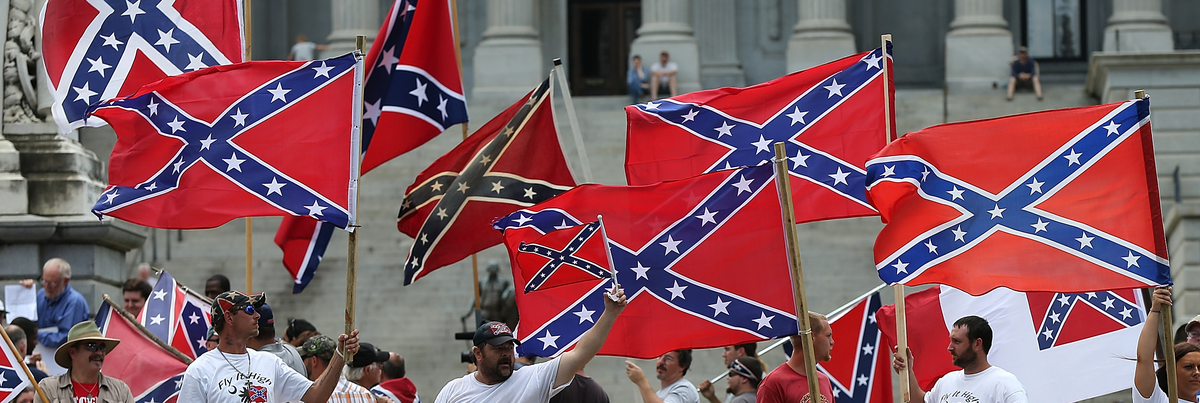
Partly prodded by the threat of Shay’s rebellion - an uprising of economically depressed farmers in Massachusetts that winter - the states responded affirmatively. Although this alliance proved adequate for winning the Revolutionary War and providing government for new territories, it made it difficult to promote domestic prosperity and for the United States to assume equal status among other nations.ĭelegates from five states who met in Annapolis in September 1786 to treat problems of interstate commerce called for a broader convention the following May. If Congress needed taxes or military forces, it could request but not coerce state compliance. Article 2 specifically recognized the sovereignty of the states, and the federal government’s powers were mostly limited to foreign affairs and did not include control of interstate commerce. Articles of Confederation gave too much power to the statesĪt the time of the convention, the Articles of Confederation, under which states wielded primary power, was the nation’s governing document.

To encourage delegates to make arguments without fear of recrimination and to discourage mob action in the city, those in attendance kept their deliberations secret during their lifetimes and did not inform the public of the resulting document until September 17, after most of the delegates had signed on to it. The meeting, over which George Washington presided, rested on the reasoned dialogue and compromise of 55 representatives from the 13 original states, except Rhode Island. Constitutional Convention delegates kept deliberations secret (Public domain)įrom May to September 1787, delegates to the Constitutional Convention hammered out the U.S.

This painting, by Howard Chandler Christy, hangs in the U.S. A painting of George Washington presiding over the Philadelphia Constitutional Convention of 1787.


 0 kommentar(er)
0 kommentar(er)
